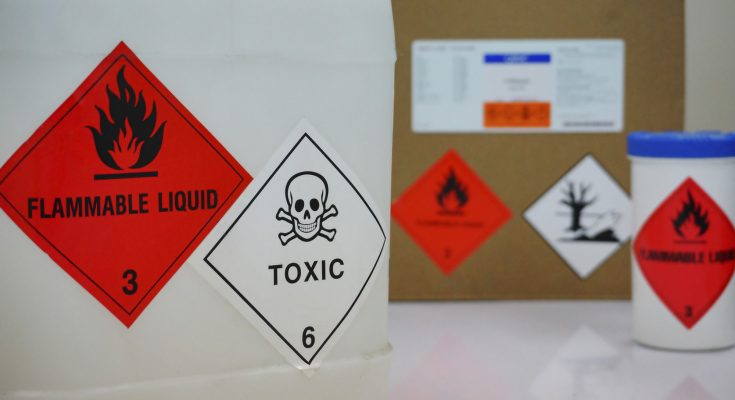Shipping dangerous goods is a complex process that requires a high level of expertise and attention to detail. The packaging of these goods is critical to ensure their safe transportation, and it is essential to work with experts in packaging solutions to ensure that all regulations are met and that the goods arrive at their destination safely.
In this article, we will discuss how to support safe shipping of dangerous goods with expert packaging solutions. We will cover the importance of packaging, the regulations that must be followed, and how to work with packaging experts to ensure safe and compliant shipping.
Why is packaging important for dangerous goods?
Packaging is critical for the safe transportation of dangerous goods. These goods include chemicals, explosives, radioactive materials, and other hazardous substances that can pose a risk to human health and the environment if not properly packaged.
Also, dangerous goods packaging must meet stringent regulations set by international organizations such as the International Air Transport Association (IATA) and the International Maritime Organization (IMO). These regulations dictate the type of packaging that must be used, the labeling requirements, and the documentation that must be provided.
Proper packaging helps to prevent leaks, spills, and other accidents that can occur during transportation. It also protects the goods from damage and ensures that they arrive at their destination in the same condition as when they were shipped.
What regulations must be followed for the packaging of dangerous goods?
The practice for dangerous goods packaging is regulated by various international organizations, including IATA, IMO, and the United Nations (UN). These organizations have developed specific guidelines and regulations that must be followed to ensure the safe transportation of dangerous goods.
The UN has developed a system of classification, labeling, and packaging for dangerous goods called the Globally Harmonized System of Classification and Labeling of Chemicals (GHS). This system is used by many countries around the world to ensure that dangerous goods are properly identified and packaged.
IATA and IMO have developed their own regulations for the transportation of dangerous goods by air and sea, respectively. These regulations specify the types of packaging that must be used, the labeling requirements, and the documentation that must be provided.
How can packaging experts help with safe shipping of dangerous goods?
Packaging experts can help ensure the safe shipping of dangerous goods by providing guidance on the regulations that must be followed and by designing packaging solutions that meet these requirements.
They can also provide testing and certification services to ensure that the packaging meets the necessary standards for the transportation of dangerous goods. This testing can include drop testing, vibration testing, and other types of testing to ensure that the packaging will withstand the rigors of transportation.
Packaging experts can also provide advice on the most cost-effective packaging solutions for different types of dangerous goods.
For example, some goods may require specialized packaging, such as temperature-controlled containers or shock-resistant packaging, which can be more expensive. Packaging experts can help identify the most appropriate solutions that meet both regulatory requirements and budget constraints.
Working with packaging experts can also help ensure that all necessary documentation is provided and that labeling requirements are met. This can include providing proper shipping labels, hazard labels, and other required documentation to ensure that the goods are properly identified and handled throughout the transportation process.
In addition, packaging experts can provide ongoing support and training to ensure that all staff involved in the transportation of dangerous goods are properly trained on the regulations and best practices for packaging and handling these goods.
Conclusion
Shipping dangerous goods requires a high level of expertise and attention to detail to ensure that the goods arrive at their destination safely and in compliance with regulations. Proper packaging is critical to the safe transportation of dangerous goods, and it is essential to work with packaging experts to ensure that all regulations are met and that the goods arrive at their destination safely.
In summary, if you are involved in the transportation of dangerous goods, it is essential to work with packaging experts to ensure that your goods are properly packaged, labeled, and documented.

